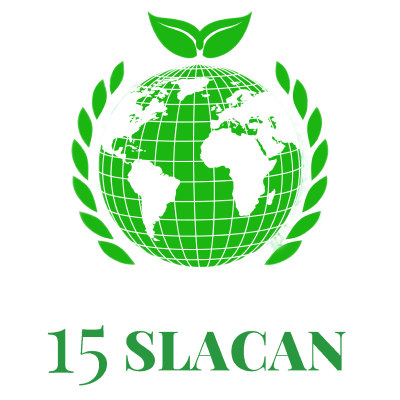Anais do 15° SLACAN - Simpósio Latino Americano de Ciência de Alimentos e Nutrição
INFLUENCE OF ULTIMATE pH ON LIPID OXIDATION IN AGED BEEF
Como citar esse trabalho?
Para citar este trabalho use um dos padrões abaixo:
Como citar esse trabalho?
Oxidation is an important parameter to assess, as it is one of the main causes of alteration in food, affecting physical, chemical and sensory characteristics. Therefore, the aim of this study was to evaluate lipid oxidation in meats with different pH ranges during 28 days of maturation. The samples were collected at a large commercial slaughterhouse, where a batch of 100 Nelore (Bos indicus) animals were selected and tracked from slaughter until the ultimate pH (pHu) was measured. Animals were selected and classified as high (pH > 6.20; n=2), intermediate (pH 5.80 - 6.19; n=3) and normal (pH 5.40 - 5.79; n=5). The muscle used was Longissumus lumborum, divided into steaks of approximately 2.0 cm, vacuum-packed and under cooling to 2 ºC (±1 °C) for 28 days. Lipid oxidation was assessed using thiobarbituric acid reactive substances (TBARS) analysis at 3, 14 and 28 days. For statistical analysis, ANOVA was carried out, followed by the Tukey test (p <0.05) to check for significant differences, using the R software. The TBARS analysis showed that the normal pH samples had higher lipid oxidation values at 3 days of maturation, similar to the other treatments at 14 and 28 days. On the other hand, the high pH samples had lower oxidation values, which may be associated with the stability of myoglobin. Low levels of oxidation were found, ranging from 0.022 to 0.052 mgMDA/Kg of meat, which was to be expected since the samples were stored in anaerobic conditions and have a low fat content, in addition, the animals were fed grass, which contains large amounts of vitamin E, which can enhance the antioxidant activity in the meat. In general, we can conclude that the lipid oxidation of the meat was within acceptable limits, and that there was an influence from the ultimate pH.
- 1 Universidade de São Paulo / Escola Superior de Agricultura "Luiz de Queiroz"
- 2 Universidade de São Paulo / Escola Superior de Agricultura "Luiz de Queiroz" / Departamento de Agroindústria, Alimentos e Nutrição
- 3 Universidade Federal de Rondonópolis – Departamento de Zootecnia – Mato Grosso,
- Caracterização Química e Físico-química de Alimentos (FQ)
Discussões Científicas de Qualidade
Com ~200 mil publicações revisadas por pesquisadores do mundo todo, o Galoá impulsiona cientistas na descoberta de pesquisas de ponta por meio de nossa plataforma indexada.
Confira nossos produtos e como podemos ajudá-lo a dar mais alcance para sua pesquisa:
Como citar esse proceedings?
Esse proceedings é identificado por um DOI , para usar em citações ou referências bibliográficas. Atenção: este não é um DOI para o jornal e, como tal, não pode ser usado em Lattes para identificar um trabalho específico.
Verifique o link "Como citar" na página do trabalho, para ver como citar corretamente o artigo

